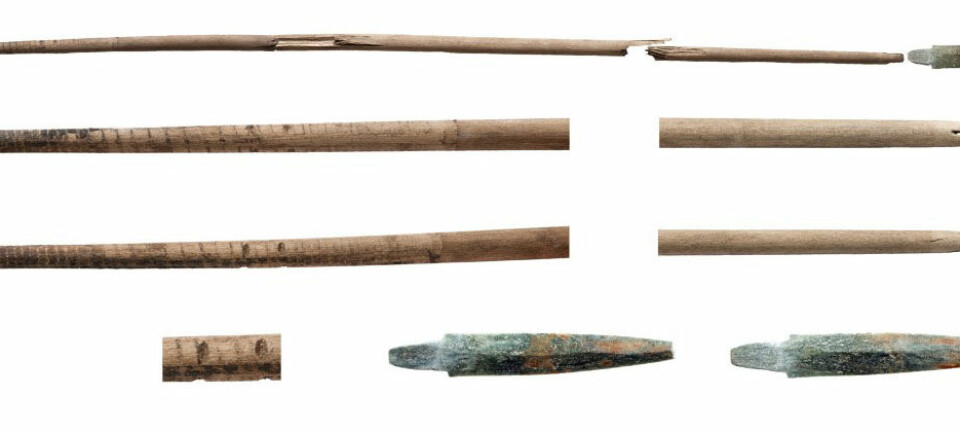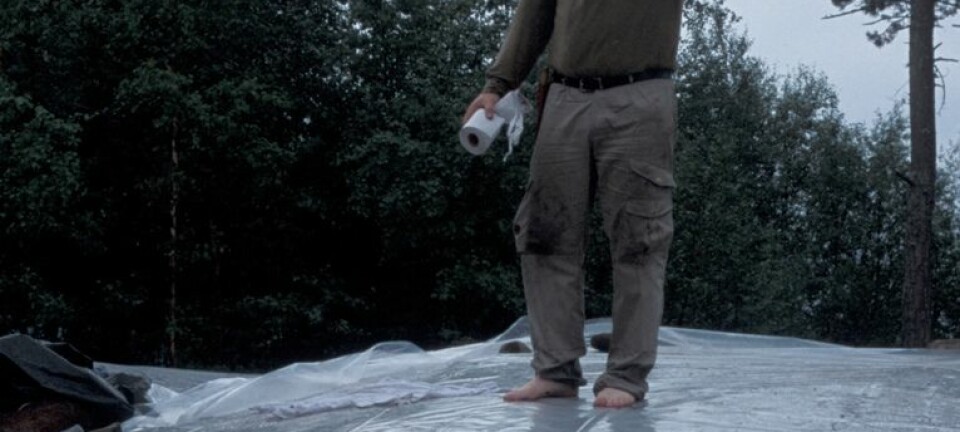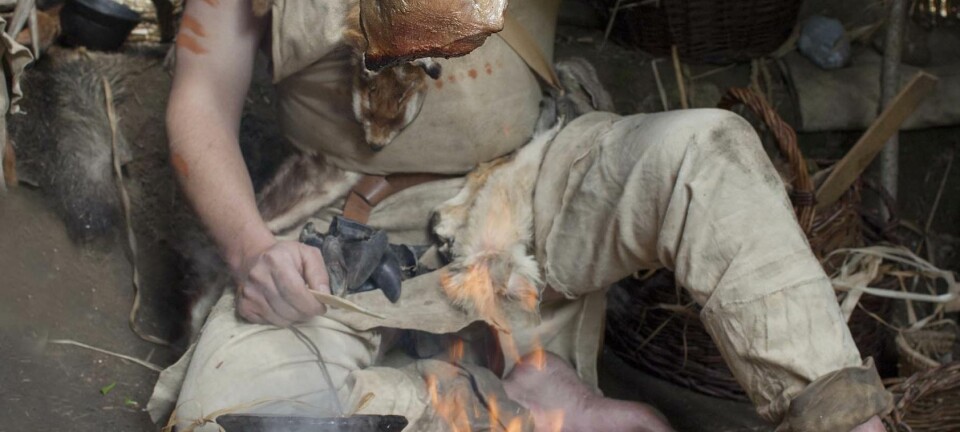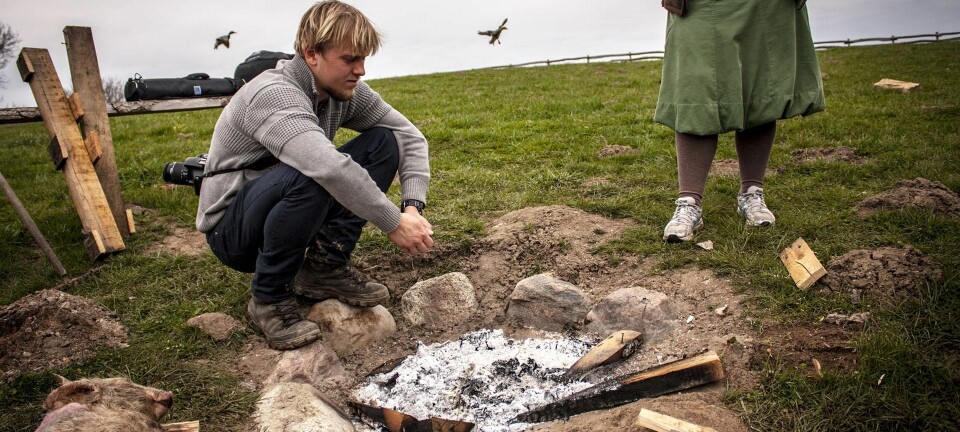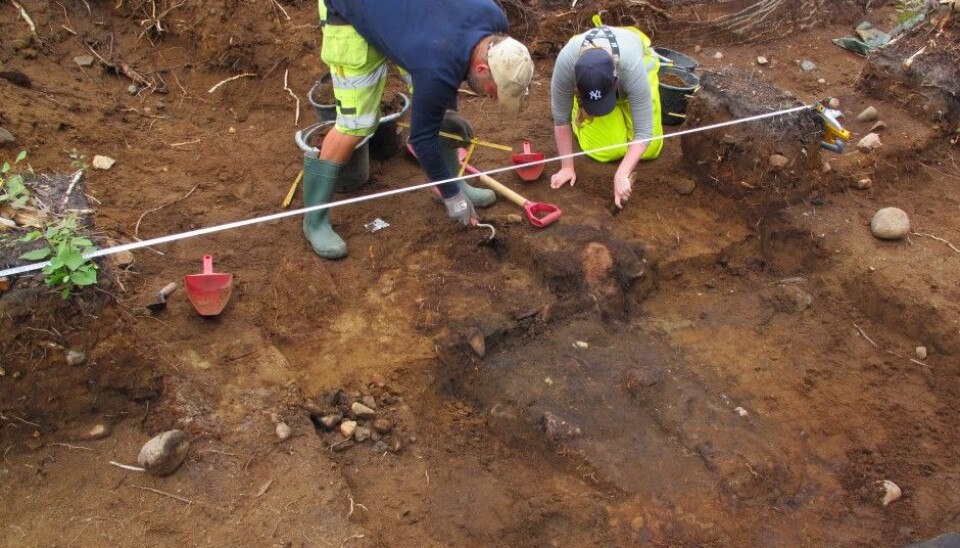
Norway’s top archaeological finding in 2014
A rare Stone Age grave dazzled Norwegian archaeologists last year.
Denne artikkelen er over ti år gammel og kan inneholde utdatert informasjon.
Many archaeologists consider the recent finds at the elaborate Amphipolis burial site in Greece dating back to the days of Alexander the Great to be the greatest discovery in their field last year.
We have asked a few Norwegian archaeologists which domestic findings they would highlight for 2014. Their favourite turned out to be another gravesite.
Several of the graves unearthed by Norwegian archaeologists last year are considerably older than the Fourth Century B.C. digs in Greece.
8,000 years old
One such grave was discovered when archaeologists excavated a settlement dating back about 8,000 years. The archaeologists think the grave is that old too, but they haven’t completed their dating yet.
Norway had a long, record-breaking hot summer in 2014. That was not ideal for taking care of all the remnants of bone found at Brunstad. So the archaeologists removed large blocks of soil which they now are carefully investigating.
“The discovery is sensational in a Norwegian and even a Northern European context. It’s really rare to find bone remnants from the Stone Age,” says Almut Schülke at the University of Oslo’s Museum of Cultural History.
At least one person
They had already made some special discoveries at the settlement before the bones turned up.
“Among these was a decorated sheet of slate, the likes of which I’ve never seen,” says Håkon Glørstad, director of the Museum of Cultural History in Oslo.
In the last stage of their dig the archaeologists found a pit with an oval form. This is where they discovered the bone fragments from a human – or at from least one human,” as Almut Schülke puts it.
Antlers of a stag
It appeared as if someone had lined the side of the grave with rocks. According to Glørstad there were also signs of the antlers of a stag, but more work needs to be done to confirm this.
Antlers have been found in other European Stone Age graves and are thought to have had ritual meanings.
Glørstad is one of three network leaders of a collaborative research project that is underway among the five Norwegian university museums which deal with archaeology.
The Stone Age grave at Brunstad was picked as a superb find in 2014 by most of the Norwegian archaeologists we have contacted. These experts are eagerly awaiting more news about the person(s) in the Brunstad grave.
--------------------------
Read this article in Norwegian at forskning.no
Translated by: Glenn Ostling







